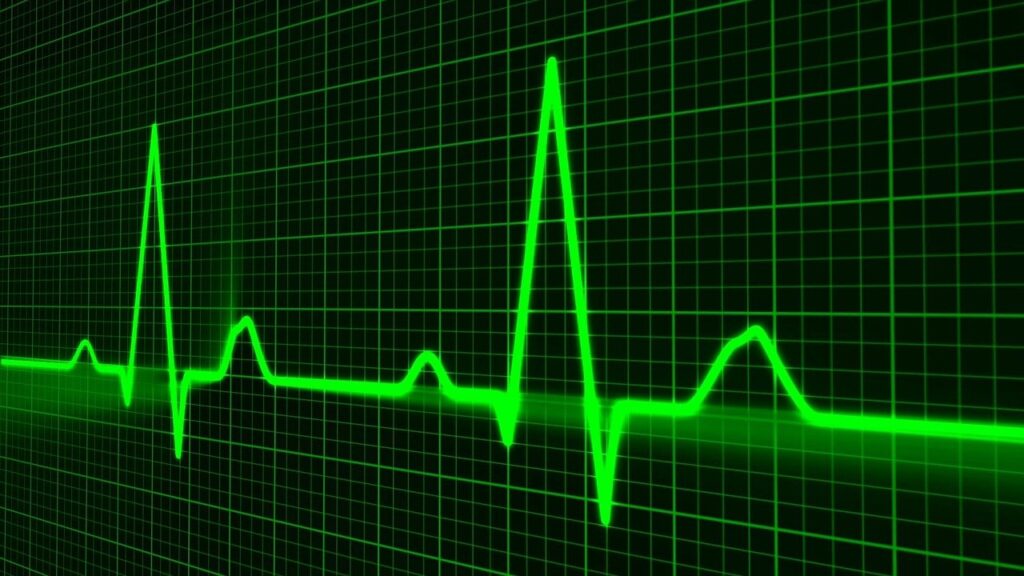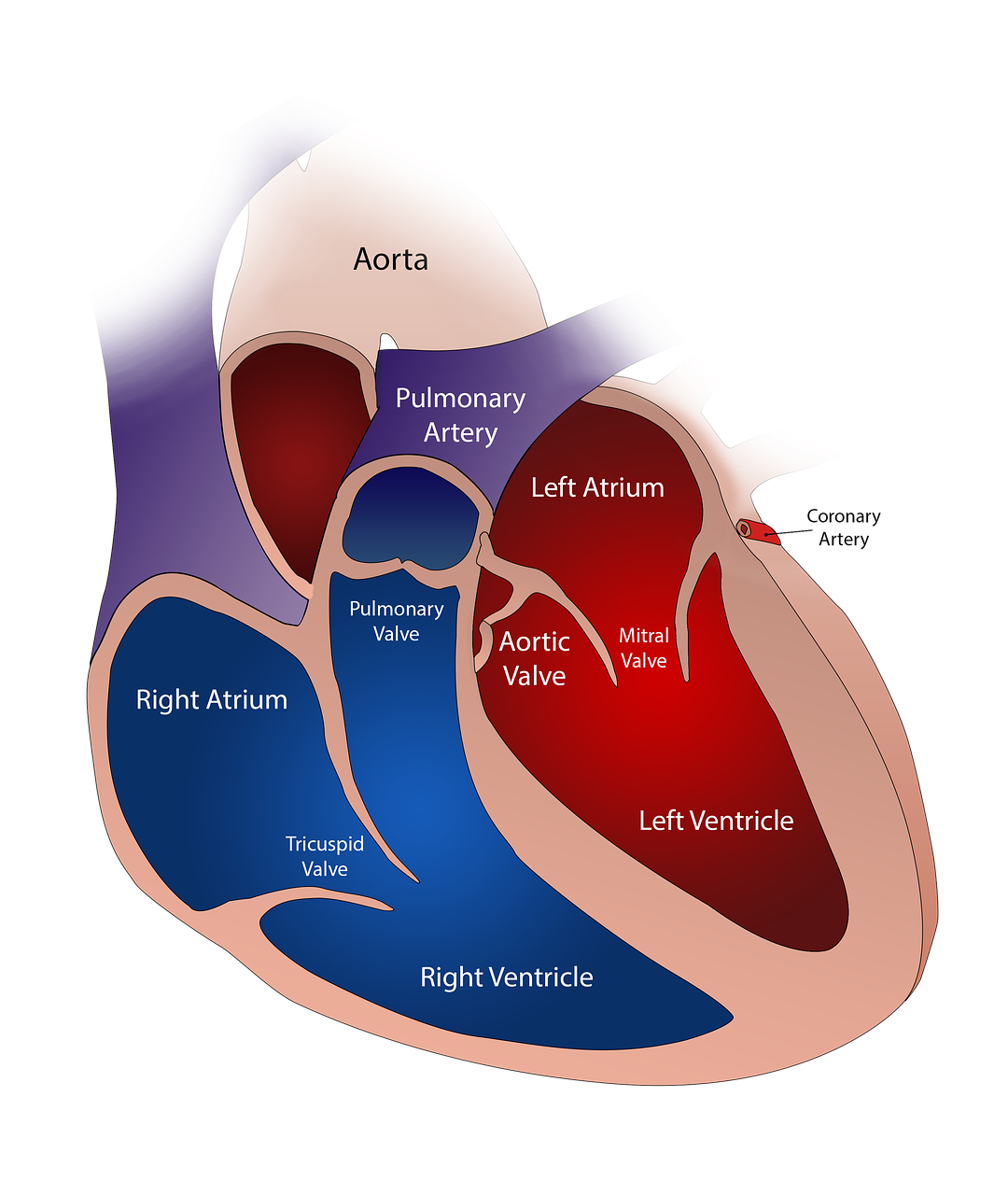Cardiovascular collapse is a condition caused due:
- Severe hypotension from acute dysfunction of the heart or
- Peripheral vasculature causing hypotension with resulting cerebral hypoperfusion
- Loss of consciousness that can be a result of severe myocardial dysfunction and cardiac arrhythmias
- Furthermore, immediate institution of cardiopulmonary resuscitation needs employment.
- Followed by advanced life support measures.
- Ventricular fibrillation is fatal, if CPR assessment fails.

Causes:
- A) Coronary artery disease ( Acute or chronic )
- B) Inflammatory conditions ( Myopathies )
- C) Valvular heart diseases ( aortic stenosis, mitral valve prolapse )
- D) Cardiomyopathies ( dilated or hypertrophic )
- E) Electrophysiologic abnormalities ( Wolff-Parkinson-White syndrome )
- F) Inherited disorders associated with electrophysiological abnormalities like Brugada syndrome and congenital long QT syndrome.
- G) Functional Contributing Factors:
- Transient ischemia
- Low cardiac output states
- Electrolyte imbalance
- Hypoxemia
- Cardiac toxins
- H) Pulseless electrical activity,hence leading to sudden death:
- Massive pulmonary embolism
- Tension pneumothorax
- Cardiac tamponade
Management of cardiac arrest:
- Retrieve automated external defibrillator
- Phone emergency line
- On the contrary, aspiration of a foreign body and performing Heimlich maneuver, if respiratory stridor is present, is also considered important.
- Chest compressions performed at the rate of 100 to 140 beats/min without any interruptions while the Second personal should be ready with the defibrillator.
- Trained second personal should:
- Tilt the patients head backward, lift the chin and start rescue breathing while the chest compressions continue .
- Furthermore, lung inflation, done twice in rapid succession for every 30 compressions.
- As soon as resuscitation equipment is available , begin advanced life support with continued chest compressions and ventilation.
- Establishment of IV access and hence use of advanced airway like endotracheal tube with 100 % oxygen should be administered.
- Additionally, initial IV access via antecubital vein or central like via internal jugular vein is important.
- Moreover, IV sodium bicarbonate started if severe acidosis is present.
- Therapeutic hypothermia, considered for unconscious survivors of cardiac arrest.
Follow up in cases of cardiovascular collapse :
- Patients who have survived from ventricular defibrillator arrest need further assessment and evaluation of cardiac anatomy and left ventricular function is appropriate.
- Additionally, in absence of a reversible cause , an implantable cardioverter defibrillator can be placed.
For more content do visit here
Furthermore, please refer this book for detailed description of the diseases: Harrisons book of internal medicine

